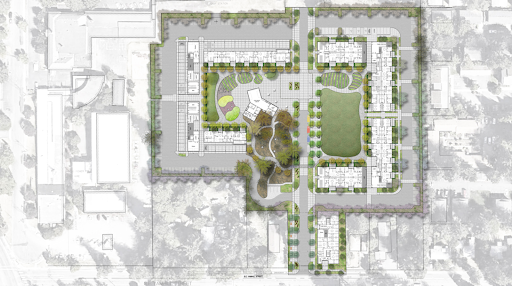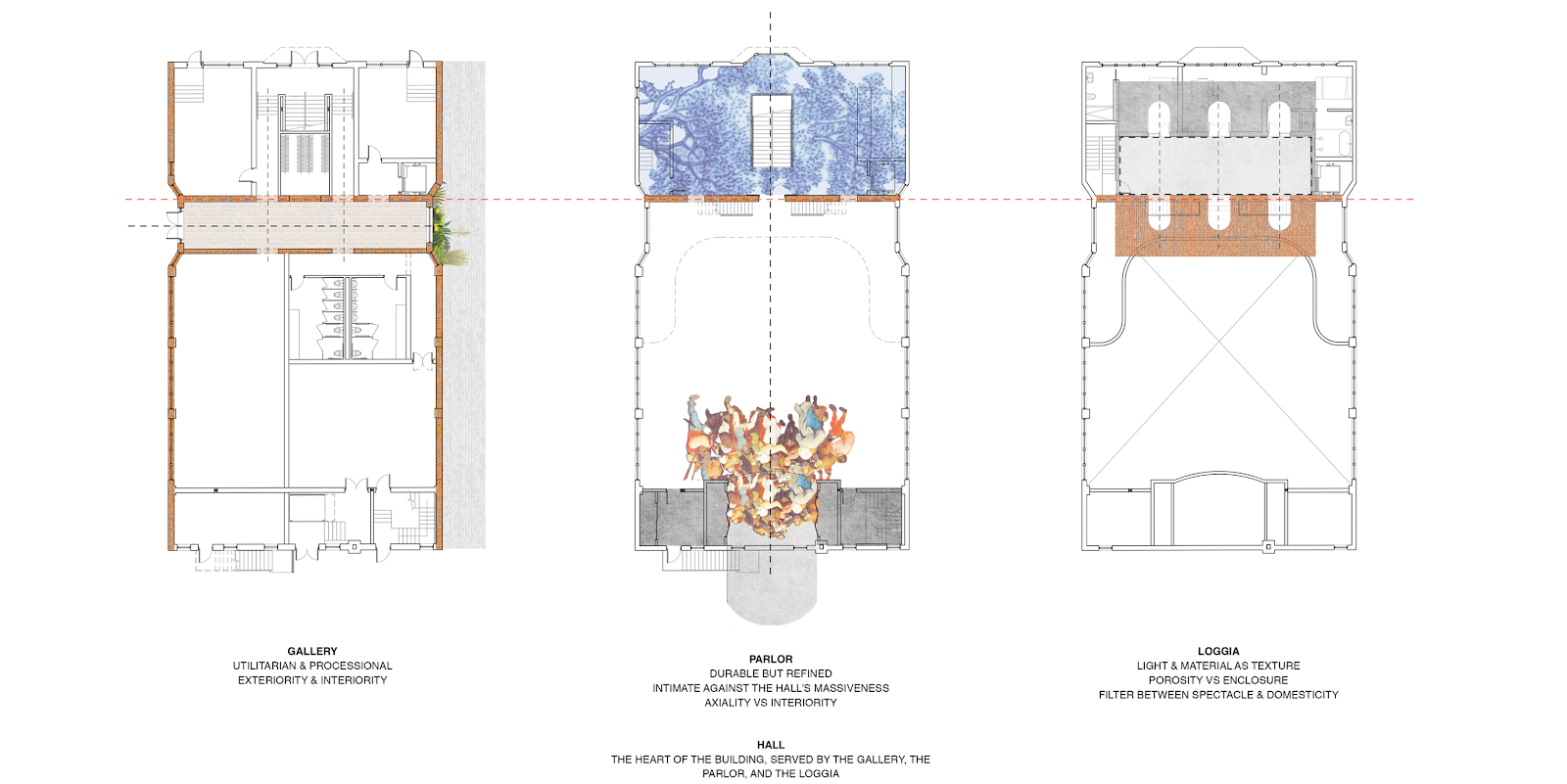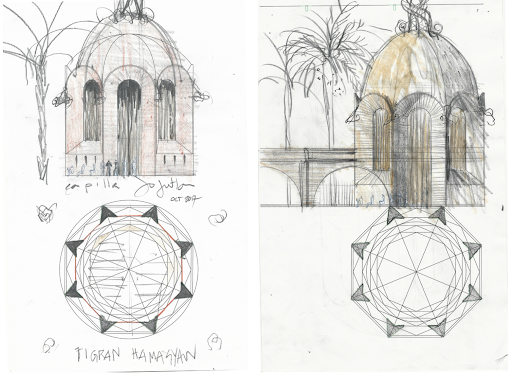




As architects, we rely on multiple design phases in our projects to ensure a smooth schedule and workflow for everyone on the project team. The Schematic Design phase is the first phase of the architectural design project schedule. Good programming and planning lay the groundwork for a successful design process, and ultimately a successful construction project.
Schematic design is one of our favorite phases because it could be a lot of fun, especially if your design team practices good planning and project management moving forward. While the end goal of the architectural design process is a built and occupied structure, these first efforts during the schematic design phase are imperative for success and efficiency in the rest of the project scope.
Schematic Design is the first phase of the architectural design process. At this stage, your design team begins to describe the architectural and tectonic elements of the project design.
The team takes the programming and concept design, and translates it into architectural and spatial designs. Most of us explore many ideas in this phase in order to achieve the best possible design solutions.
Two important components for a successful schematic design phase are site analysis and programming. Both the building program and location have significant implications in the design process, so it’s important to have a solid understanding of these foundational components at this stage.
This phase begins shortly after the project is started. While all team members and stakeholders can be involved in the schematic design process, it is more likely that the project Owner and Architect will be the most involved in this phase.
During this phase, you and the client work closely, to make sure all the necessary building program needs are covered in the project design. In fact, your client may be more involved in the day-to-day workings of the Schematic Design stage than any other design stage hereafter.
Your architecture team will use tools like schematic diagrams and sketching to quickly convey spatial ideas to the client. These tools allow iterations and prevent any team member from settling on an idea prematurely.
By the end of schematic design, your architecture team should have a fundamental understanding of the scale and the systems of the project. There should be clarity about the various consultants and engineers that will be needed in order to proceed to the design development phase.
After the SD phase, the project will move into design development, and then into the construction document phase. The schedule and the budget of a project will determine the scope of each phase of the design.
During the next design phase, you and your team will flesh out the schematic design ideas even more, in order to more fully understand how the various systems and elements of the building design are integrated into the ultimate construction project.
As architects, it is common for multiple ideas and design concepts to be explored and developed during the schematic design phase. Ultimately, only one is chosen, but it’s important not to settle on any particular option too quickly in this stage, in order to make room for creative solutions and approaches.
But, if you do decide to explore multiple design options in schematic design, it’s necessary to choose one before moving forward into the design development phase. So everyone is on the same page when your team develops the design further.
WHAT IS THE DIFFERENCE BETWEEN CONCEPT DESIGN AND SCHEMATIC DESIGN?
The difference between concept design and schematic design lies in the level of resolution. Concept design can be abstract, while schematic design begins to articulate spatial and architectural elements in a way that isn’t necessary for concept design.
Your goal in schematic design should be to settle on an overall concept for the project and produce a framework through which to move forward into design development, and eventually construction.
Concept design can be loose and diagrammatic. There is no need to address issues of scale or constructability during this process. But standard conventions of architectural drawing (plan, section, elevation) should be used in the schematic design phase to articulate space and scale.
WHAT IS INCLUDED IN SCHEMATIC DESIGN DOCUMENTS?
Schematic design documents include:
- Project summary and narrative
- Site and code analysis
- Existing and proposed site plans
- Floor plans for every level
- Multiple building sections
- Building elevations
- Structural schematic drawings or narrative
- Mechanical schematic drawings or narrative
- Plumbing schematic drawings or narrative
- Electrical schematic drawings or narrative
ALL THE DESIGN PHASES YOU SHOULD KNOW.
The 5 phases of an architectural design project are:
- Schematic Design Phase
- Design Development Phase
- Construction Document Phase
- Bidding Phase
- Construction Administration Phase





Carefully look at the pricing plan before starting an architecture phase.
Schematic
Design
Design
Development
Construction
Documents
Bidding
Negotiating
Construction
Administration